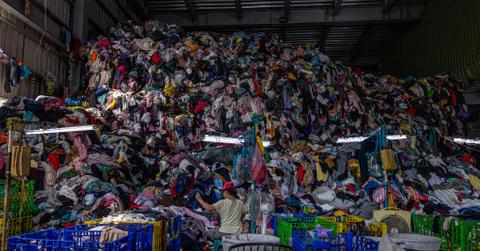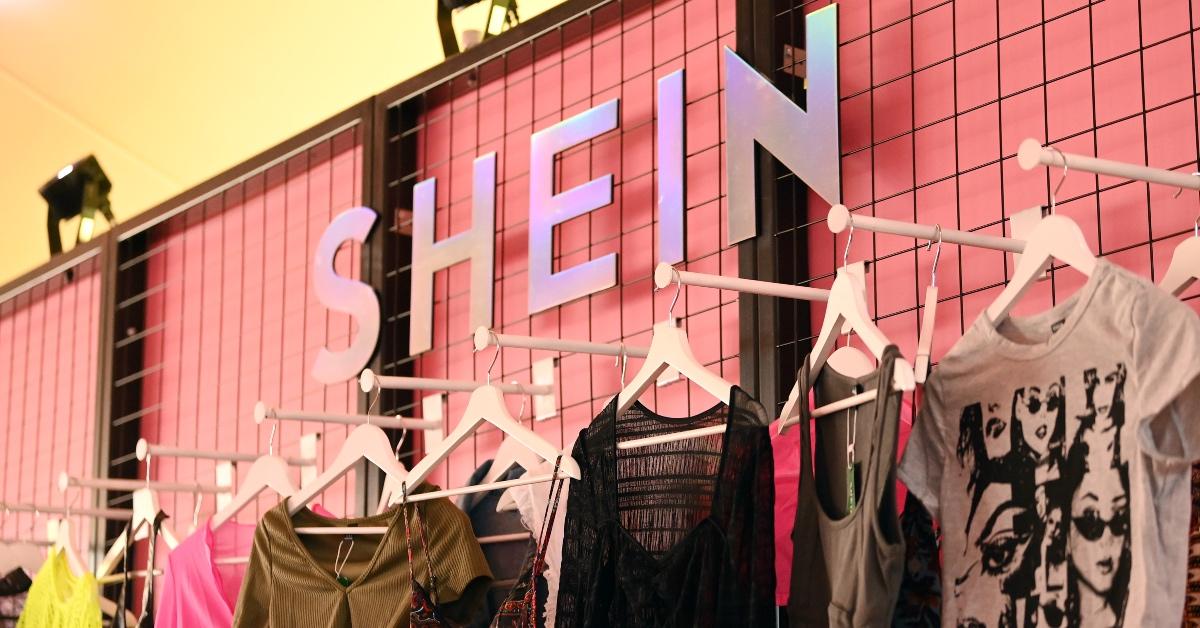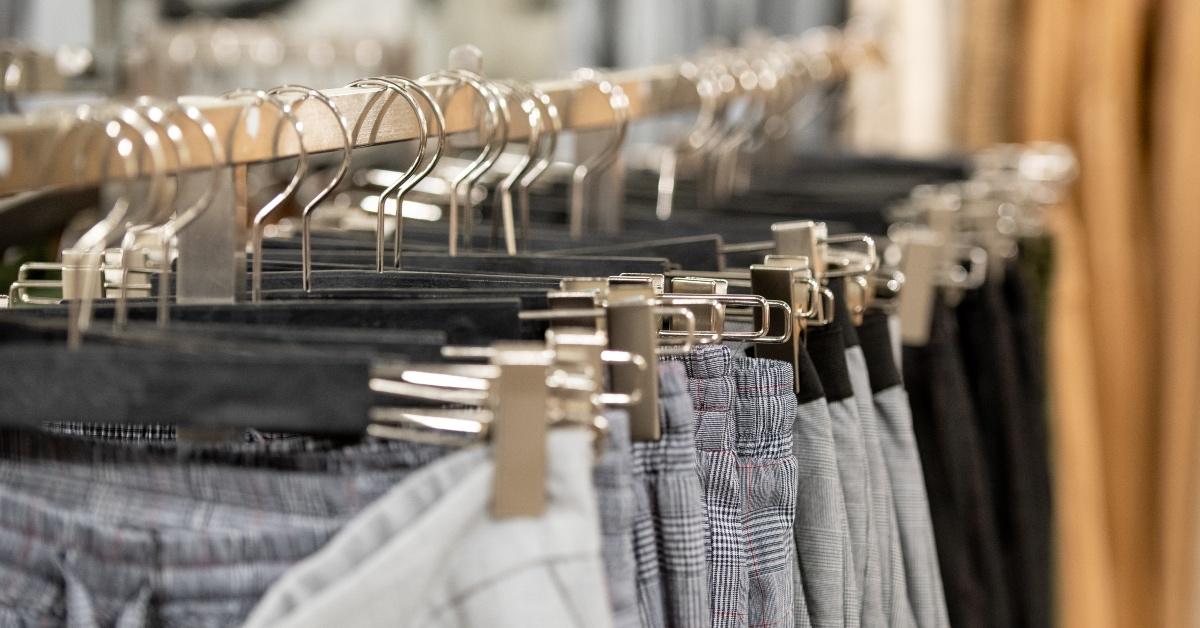The Human Cost of Fast Fashion: Low Wages, Dangerous Work Conditions, and More
Published June 8 2023, 5:14 p.m. ET

It's no secret that fast fashion is extremely detrimental to our environment — we already know all about the mass amount of textile waste, carbon emissions, and resource usage in the industry. After watching a few too many Shein hauls on TikTok, it's clear that overconsumption is harming our planet.
But here’s what people aren’t talking about enough: The human cost of fast fashion. Have you ever wondered why some of these brands are able to sell clothes at such a low price? Well, let’s just say that these companies aren’t exactly taking any hits for their affordability.

The human cost of fast fashion far outweighs cheap clothing.
Many employees that work for these companies don’t make a livable wage. In fact, workers at fast fashion companies such as Shein make as little as 4 cents per item and don’t receive a base salary, according to Business Insider.
At a different Shein factory, the yearly pay is 4,000 yuan, which is about $556, but that’s if they make at least 500 clothing items per day — this often requires extremely long work hours. Many employees work 18-hour days, leaving barely enough time to rest and complete basic tasks for themselves. Weekends aren’t a thing either; they only get a day off each month.
As if things aren’t bad enough, workers are faced with a hefty fine if they make even one mistake. A single misstep can cost them as much as two-thirds of their daily wages.

The circumstances for garment workers in the U.S. aren’t much better. The U.S. Department of Labor investigated the industry in 2022 and found that 80 percent of contractors were breaching overtime and minimum wage laws. One of the contractors was even paying employees $1.58 per hour, despite the minimum wage being $15.
Many workers face hazardous labor conditions in addition to unlivable wages. Fashion Revolution — an organization dedicated to putting an end to exploitation in the fashion industry — uncovered just how dangerous these factories are.
For example, in 2020, a large fire broke out at Nandan Denim, which is a factory in Ahmedabad, India. The event claimed seven lives and brought to light just how unacceptable the work conditions are in these factories.
Not only did the floor only have a single door for entering and exiting, but it could only be reached by climbing a tall ladder. Further investigation revealed that there also wasn’t proper ventilation, fire escapes, or emergency apparatus. There wasn’t even an alarm system.
Unfortunately, these conditions aren’t unusual in the garment industry. Unlivable wages and deadly work environments are the cost of fast fashion.
Even the environmental impacts of fast fashion eventually affect people.
The fast fashion industry is a large generator of carbon emissions, according to the Princeton Student Climate Initiative. This pollution causes global warming, which leads to a plethora of other issues like increasing ocean temperatures and rising sea levels.
As our oceans become warmer, severe storms are becoming more and more frequent, NASA explained. And with sea levels rising, the storm surges from these severe events are just going to get worse.
All of this is to say that the environmental impacts of fast fashion create consequences for people as well.
Here's a few ways to opt out of fast fashion.
Avoiding fast fashion can be difficult, but it’s certainly not impossible. We can do plenty of things to decrease our consumption and impact.
First things first, wear what you already have! Believe it or not, you most likely have something to wear in your closet or dresser — it’s just probably not what’s currently trending on TikTok, Instagram, or Pinterest. Plus, what’s cool one week might not even be cool the next, so why waste your money?
It’s also important to know how to properly take care of your clothes. If you follow the care labels on your clothing, it’s likely that they will last longer and remain in good condition.
When you’re finally in need of some new clothes, prioritize secondhand items and sustainable brands. Don’t be scared to check out your local thrift stores; you might be surprised by what you find.
While browsing, try to focus on finding items you could see yourself wearing for years to come. Try to find some solid wardrobe staples to rely on! Of course, getting some fun pieces on the trendier side is fine, too, especially when they’re already at the thrift store.
At the end of the day, all we can do is try out best, whether that looks like shopping at your favorite secondhand store or buying from a high-end sustainable clothing brand. It’s important to recognize the consequences of fast fashion and make an effort to support alternatives.